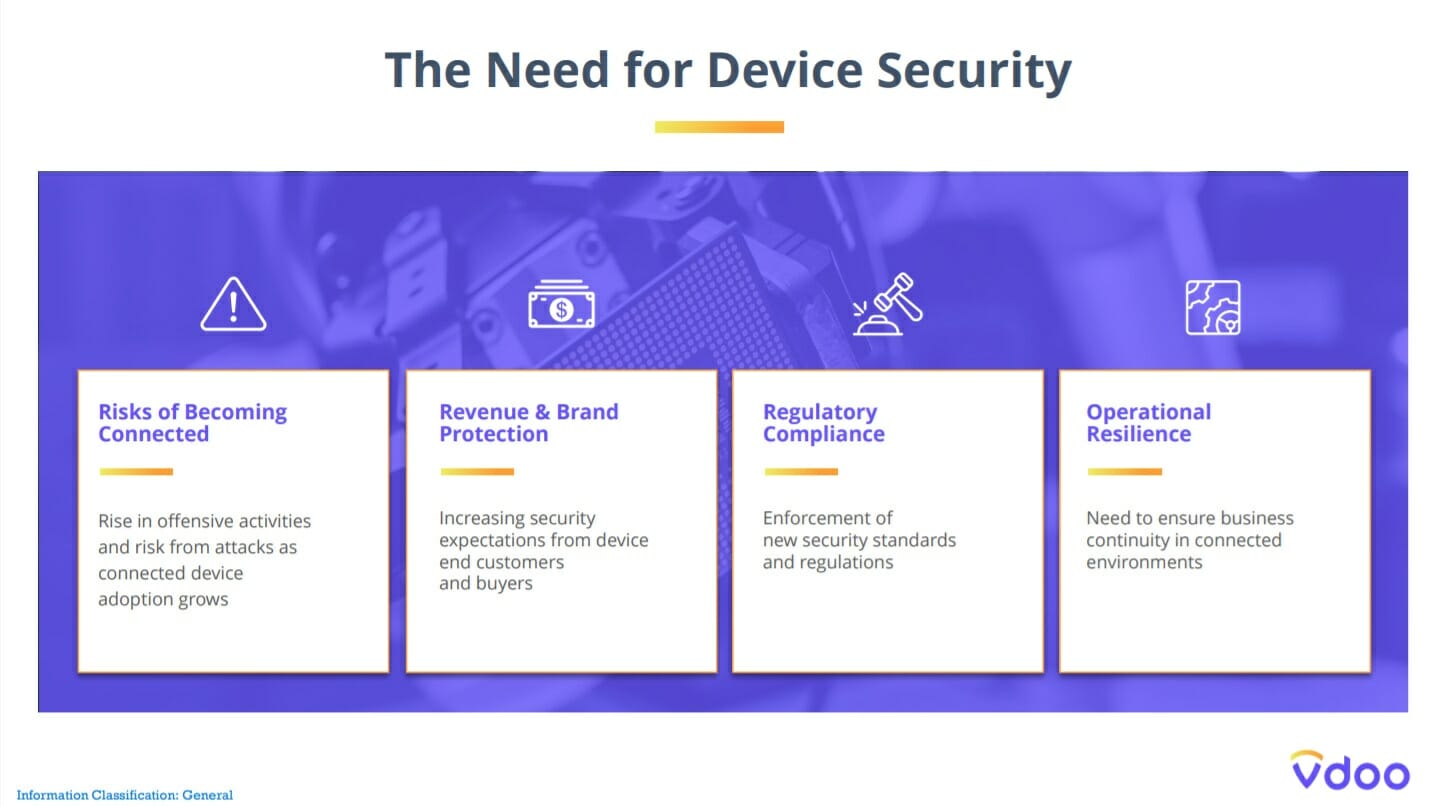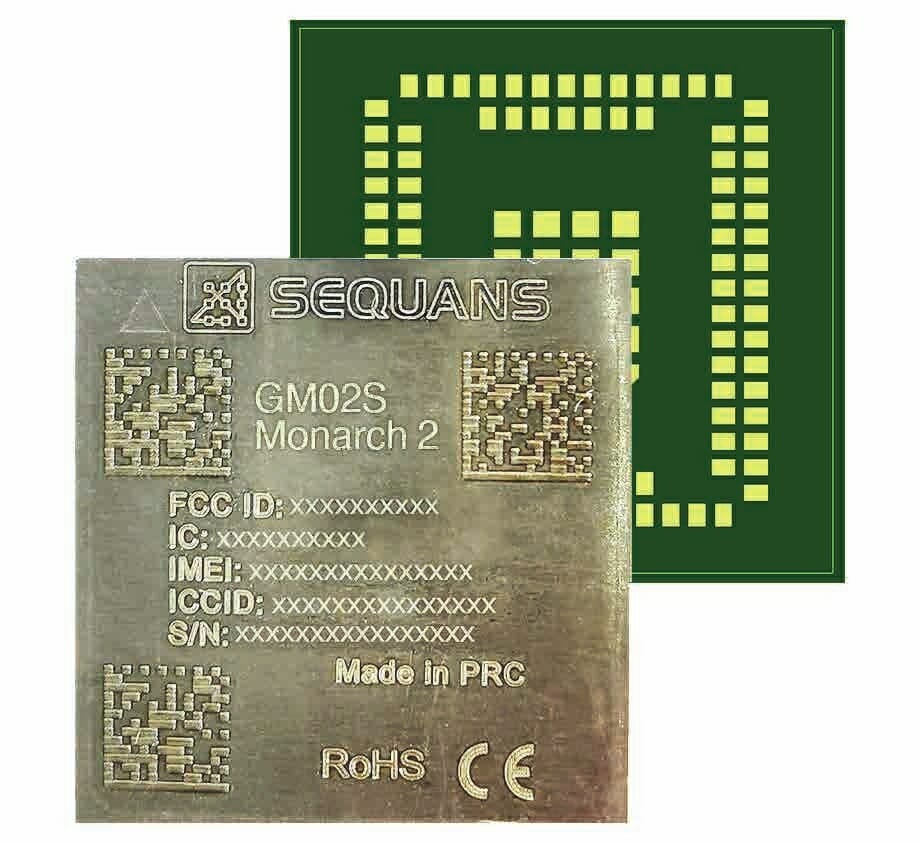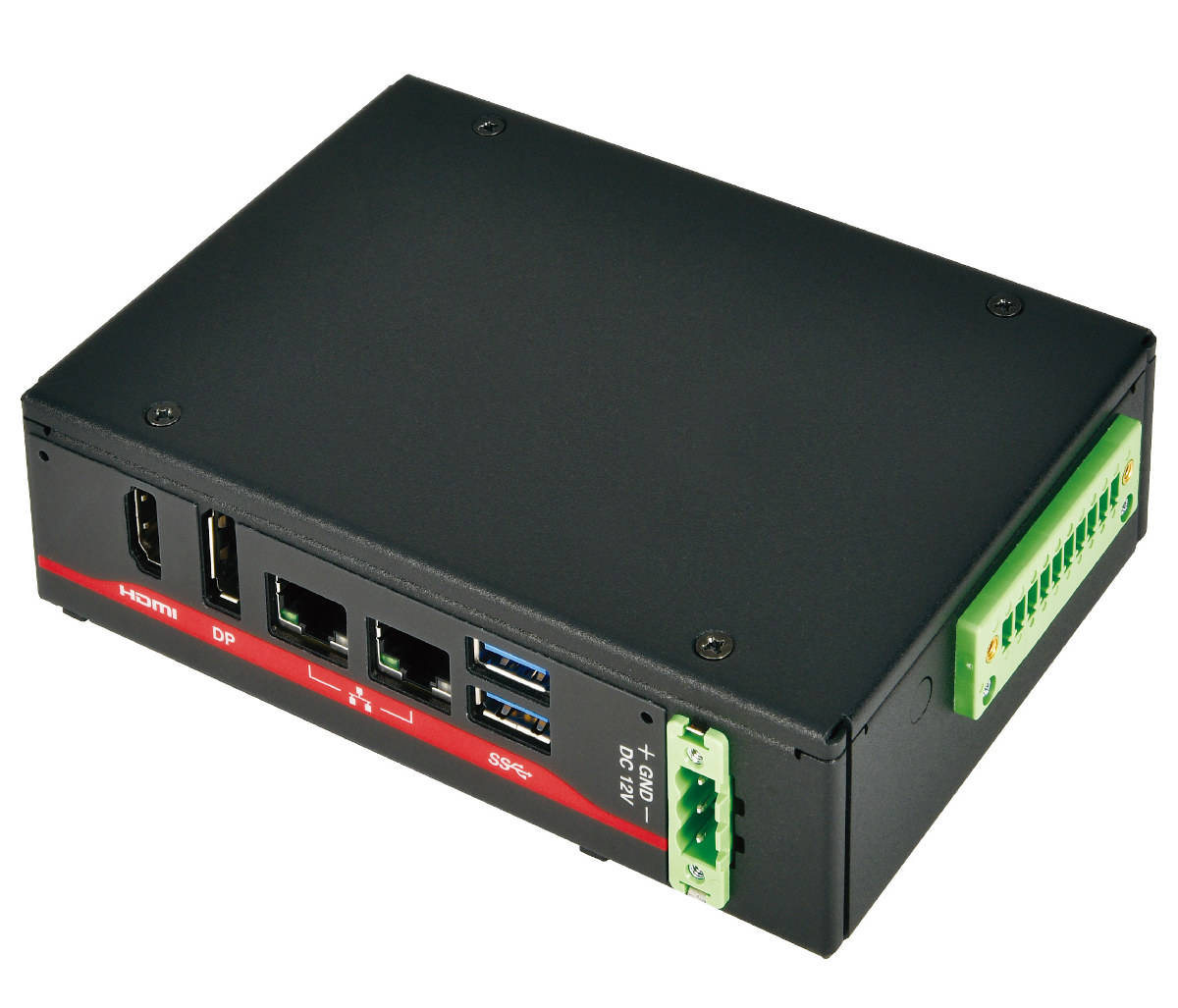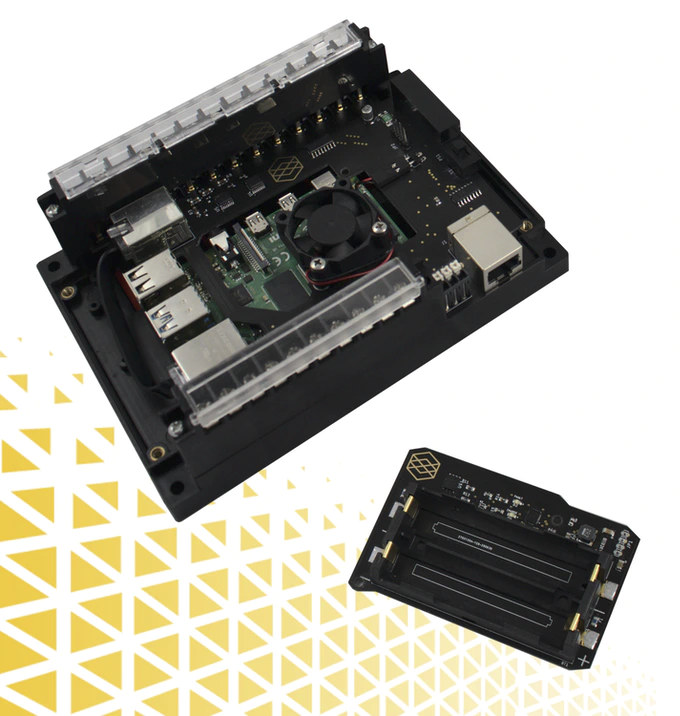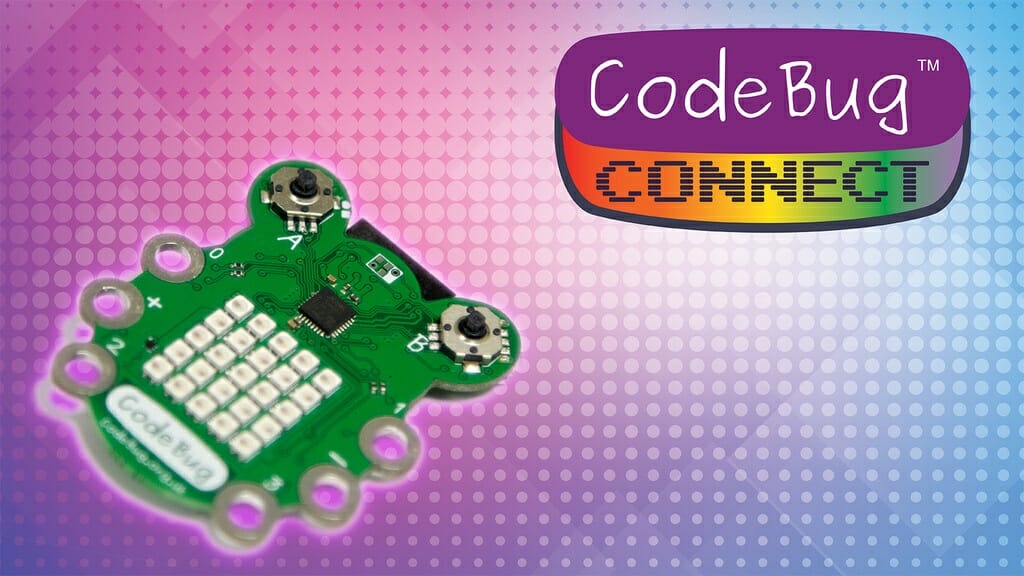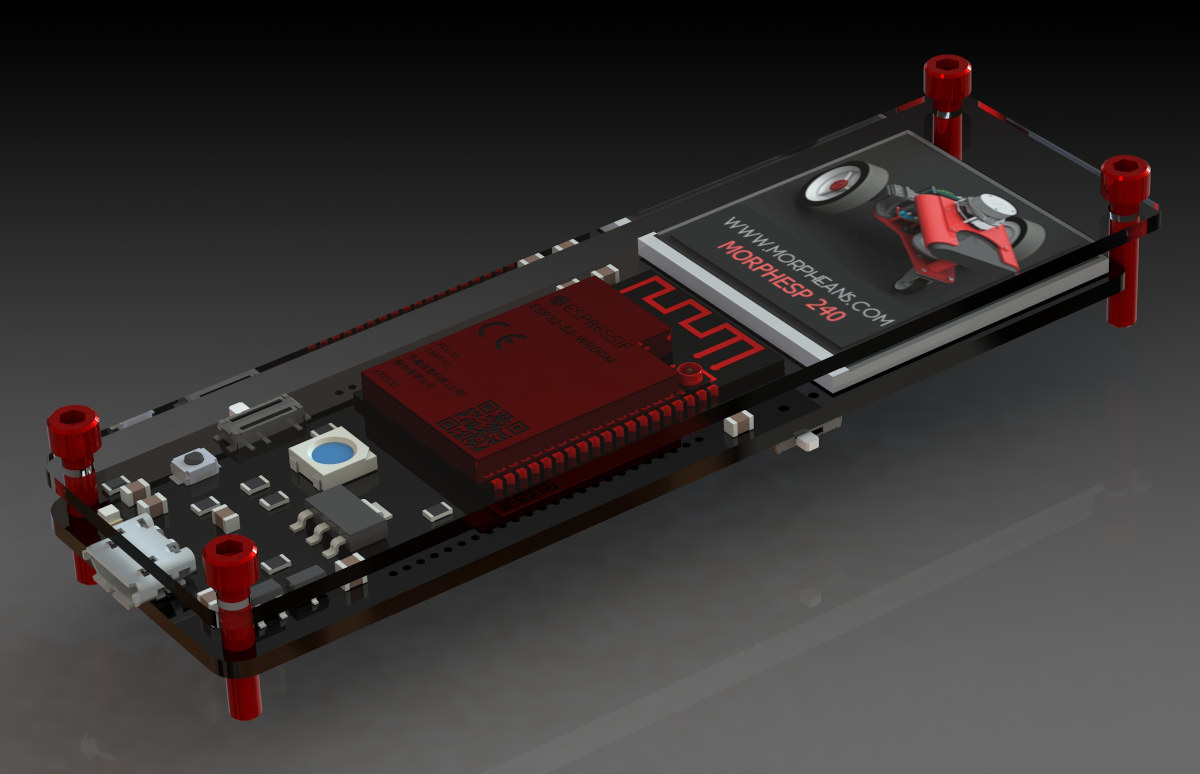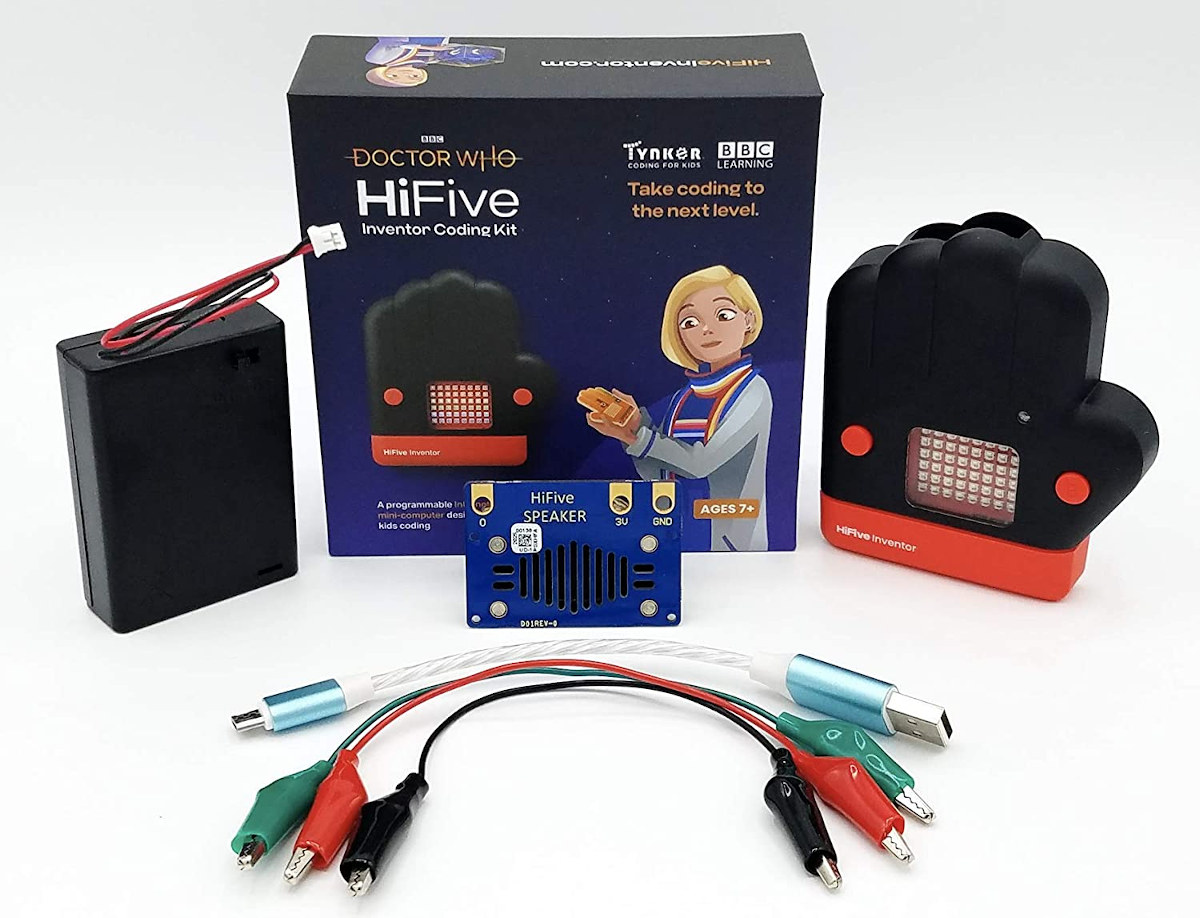Last year’s Eclipse IoT Survey Report shows evidence that security is one of the major reasons for the development of IoT devices. As the number of IoT and embedded devices increases, we see a constant increase in the need for security issues in IoT and embedded devices. There have been increasing security expectations from device end customers and buyers to gain security insights and risks related to their connected devices. Security requires time and effort, so when a new product is launched in the market for business reasons, security compromises may have to be made. Also, organizations don’t have the capabilities and tools to get in-depth information about connecting device security. This is mainly due to the complex chain of third-party products. Methods for Detecting Security Issues Software Composition Analysis (SCA) allows organizations to identify third-party components that have been integrated into all applications. For each of these components, it […]
Sequans Monarch 2 GM02S LTE IoT module is “5G-ready” for “Massive IoT”
A couple of days ago, Sequans published a press release announcing the availability of Monarch 2 GM02S “5G-ready” LTE-M/NB-IoT module with power consumption further reduced by 60 percent, featuring an GSMA-compliant integrated SIM (ieUICC), and designed for “Massive IoT” applications. Wait… What is “Massive IoT”? Ericsson explains: Massive IoT refers to applications that are less latency sensitive and have relatively low throughput requirements, but require a huge volume of low-cost, low-energy consumption devices on a network with excellent coverage. The growing popularity of IoT use cases in domains that rely on connectivity spanning large areas, and are able to handle a huge number of connections, is driving the demand for massive IoT technologies. I see… That’s what I used to call LPWAN (Low-power wide-area network) applications, but for sure “Massive IoT” sounds much more cool. Monarch 2 GM02S Let’s go back to the module with Sequans Monarch 2 GM02S key […]
Fanless Linux embedded system makes a compact IoT gateway
ICP Germany has recently introduced the MiTAC ME1-8MD series family of compact, fanless Linux embedded systems powered by NXP i.MX 8M processor and designed to be used as IoT gateways, data acquisition and processing systems, and mini servers. Three models have been launched with a choice of dual or quad-core processors, up to 4GB LPDDR4 RAM, and 32GB eMMC flash storage. The embedded computers also come with up to two Ethernet ports, support up to two displays, and include an internal Raspberry Pi compatible 40 pin GPIO header. MiTAC ME1-8MD specifications and key features: SoC – NXP i.MX 8M Dual or Quad with two or four Cortex-A53 @ 1.3GHz, Cortex-M4 MCU, Vivante GC7000 Lite GPU, and 4K video processing unit System Memory – 1 to 4GB LPDDR4 800 Mhz RAM Storage – 8, 16, or 32GB eMMC flash, 1x MicroSD card slot up to 256GB Video Output HDMI 2.0 Optional […]
Pi-oT 2 IoT module adds 24V digital inputs, RS-485, and UPS to Raspberry Pi (Crowdfunding)
Pi-oT was launched last year as a Raspberry Pi add-ons designed for commercial and industrial IoT automation. It features 5V I/Os, relays, and ADC inputs suitable for light-duty projects and prototyping. The company, called Edge Devices, has now launched an update with Pi-oT 2 adding optional support for 24V digital inputs, RS-485, and an uninterruptible power supply (UPS). Pi-oT 2 comes in three variants with the following key features and specifications: SBC support – Raspberry Pi model B boards with 40-pin I/O header Connectivity – Ethernet access via extra port 6x digital outputs 8x analog inputs (0 to 5V), 10-bit precision for Pi-oT 2 and 2 +Plus models, 10-bit precision for Pi-oT 2 Precision variant Model specific features Pi-OT 2 4x GPIO 5V power supply Pi-oT 2 +Plus 4x GPIO 5V power supply + UPS Pi-OT 2 Precision 4x 24V digital inputs, compliant with IEC-61131-2 standard (instead of 4x GPIO […]
M5Paper ESP32 IoT development kit features a 4.7-inch e-Ink touchscreen display
M5Stack has just launched its unique and latest core device with a touchscreen e-Ink display. M5Paper ESP32 IoT Development Kit is a fully programmable microcontroller-based platform that can be an ideal choice for your IoT applications. This low-power device could suit such purposes as an industrial controller or smart weather display. The M5Paper comes with the ESP32-D0WD, the same chip that has powered M5Stack Core2. The e-Ink display supports 16-level grayscale, which provides a great reading experience. The display is a GT911 capacitive touch screen that supports multipoint touch and a variety of gesture controls. M5Paper ESP32 IoT Development Kit Specifications SoC – Espressif ESP32-D0WDQ6-V3 dual-core clocked at 240MHz with 520KB SRAM, Wi-Fi, dual-mode Bluetooth connectivity. Memory/storage – 16 MB of flash memory along with 8 MB of PSRAM. Antenna – 2.4GHz 3D antenna. Display – GT911 capacitive touch screen with 960×540 resolution (IT8951 driver) along with 4.7″ e-Ink display, […]
CodeBug Connect IoT development board is designed for young makers (Crowdfunding)
In 2015, a UK-based team launched a mini IoT development board called CodeBug. The same team has now come up with the CodeBug Connect IoT Development Board. CodeBug Connect is a new wearable micro-computer that brings IoT to everyone and aimed at educators and young makers. Upgrade to the original CodeBug This comes as an upgrade to the original CodeBug. The new development board retains its original cuteness and petite proportions but adds full color to the grid of 5×5 LEDs. The original buttons have been upgraded to mini joysticks, making them more suitable for games. The touch-sensitive, croc-clip connectors ‘legs’ that serve as I/O pins remain, as does the 0.1” header socket. “This year has shown our reliance on connected technology — with CodeBug Connect we wanted to make this technology accessible so everyone can build their own IoT devices and no one is left behind. The technology in […]
MorphESP 240 ESP32-S2 board integrates a 1.3-inch color display (Crowdfunding)
We’ve already seen ESP32 platforms with a color display such as M5Stack, but MorphESP 240 is kind of cute with a 1.3-inch color display, features the more recent ESP32-S2 WiFi processor, and supports battery power & charging. MorphESP 240 specifications: Wireless Module – ESP32-S2-WROOM with Espressif Systems ESP32-S2 single-core 32-bit Xtensa LX7 microprocessor up to 240 MHz with 128 KB ROM, 320 KB SRAM, 16 KB SRAM in RTC, 4MB SPI flash, 802.11 b/g/n 2.4 GHz Wi-Fi connectivity Display – Onboard 1.3-inch ST7789 display with 240 x 240 resolution, connected over SPI USB – 1x Micro USB port for power/charging and programming Expansion – 16-pin and 24-pin headers with GPIO, I2C, UART, SPI, USB, and power signals Misc – WS2812B RGB LED connected to IO16, Reset button, boot mode switch, battery on/off switch Power Supply 5 V to 3.3 V regulator to feed additional modules JST connector for a battery […]
BBC Doctor Who “HiFive Inventor” Coding Kit aims to teach IoT to kids
In what should be one of the first RISC-V education platforms, the BBC, Tynker, and SiFive have just announced the BBC Doctor Who “HiFive Inventor” Coding Kit that comes with an MCU board with WiFi & Bluetooth and guided lessons for kids that teach them to code for the IoT. The HiFive Inventor board is based on a SiFive FE310 RISC-V microcontroller ( the same chip as found in the HiFive1 board) and an ESP32 Solo module for WiFi 4 and Bluetooth 4.x/5.x connectivity. Just like the BBC Micro:bit, HiFive Inventor provides a kids-friendly edge connector with I/O, an LED matrix, sensors, and more. The kit includes the HiFive Inventor hardware platform, a battery holder for three AA batteries (not included), the HiFive Speakers, an illuminated USB cable for power and programming, and alligator clips to connect the speaker or other add-ons to the HiFive Inventor board. HiFive Inventor board […]


